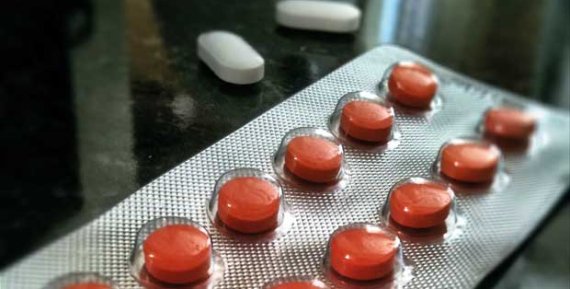Measurements show there are at least two hundred medical compounds in our surface water, including painkillers, contrast media and antibiotics. Sometimes traces of medicines even turn up in our drinking water.
Although the concentrations are much too low to cause acute harm, experts are still very concerned as there is little known about the effects of exposure over the longer term, while increasing amounts of medication are being used because of the ageing population. There are already purification processes available for medicine traces but they are expensive and consume a lot of energy. So the search is on for cheap, efficient methods of extracting medicines from waste water. In this endeavour, Wageningen researchers in the Biological Recovery and Reuse Technology group may have achieved a significant result, according to a paper in the BioMed Research International journal. They let bacteria do the work.
Breakdown products
The Wageningen experiments concerned diclofenac, a painkiller that also reduces inflammation. Diclofenac is not broken down during waste water purification. ‘We wanted to see whether bacteria could feed off diclofenac,’ says Katarzyna Kujawa-Roeleveld, a lecturer in the Biological Recovery and Reuse Technology group. To test this, the researchers added high concentrations of the painkiller to sewage sludge. Then they monitored how quickly the medicine was being broken down and chose the most successful bacteria.
The selected bacteria culture was able to break down diclofenac much more quickly than a normal purification plant. Whereas normally only 20 to 30 percent has gone after 20 days, now 60 to 70 percent had been broken down. ‘So bacteria can potentially break down these compounds,’ says Kujawa-Roeleveld. But she emphasizes that this is just the first step. Now they need to find out what route the bacteria use to break down the painkiller and what waste products they produce. For while diclofenac did disappear more quickly, the bacteria also produced a large quantity of breakdown products. It is unclear how harmful or persistent these compounds are. ‘So we’ve still got a long way to go,’ says Kujawa-Roeleveld.

